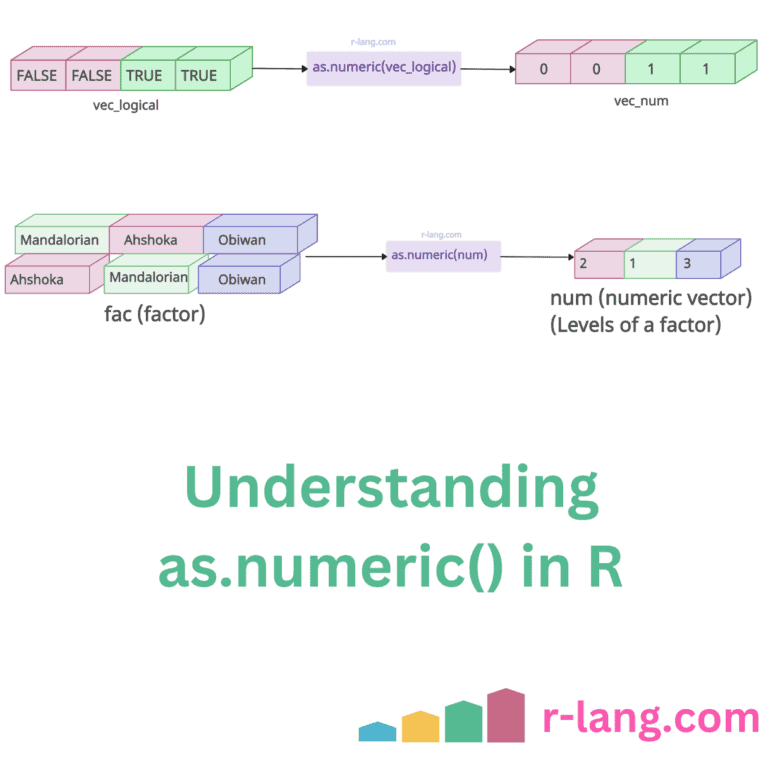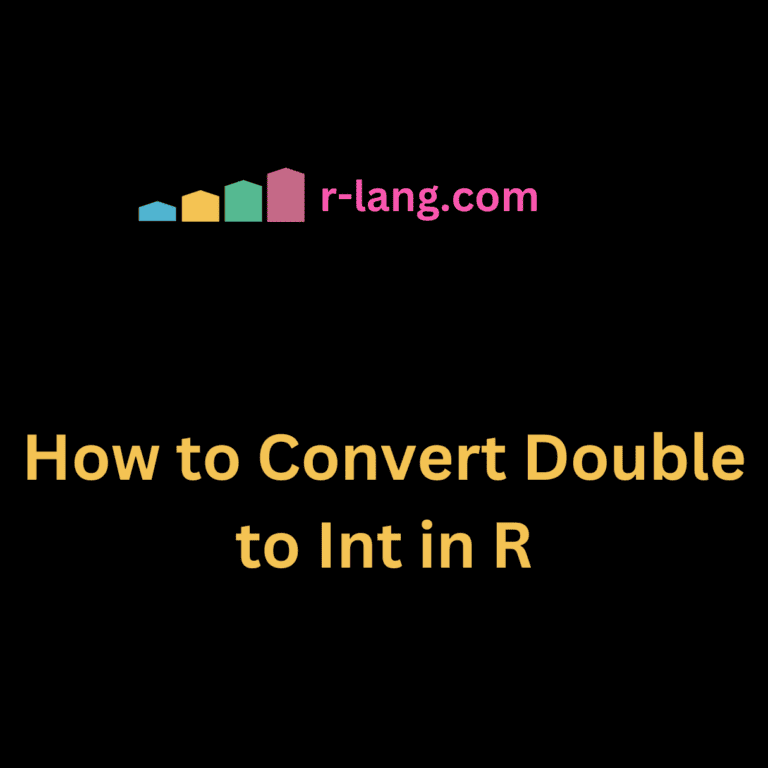Understanding the as.numeric() Function in R
Data occasionally comes in various formats, including numeric values stored as text (characters) or categories (factors). When preparing the data for further analysis, you must ensure it is in the correct format. To perform numerical operations, you need these in numeric format, and that’s where as.numeric() function comes into play! as.numeric() function R as.numeric() function … Read more






